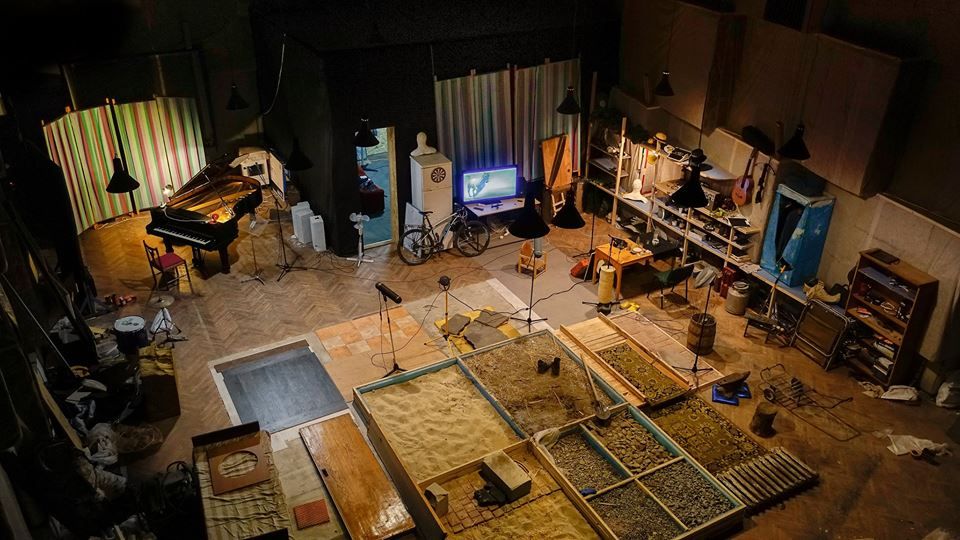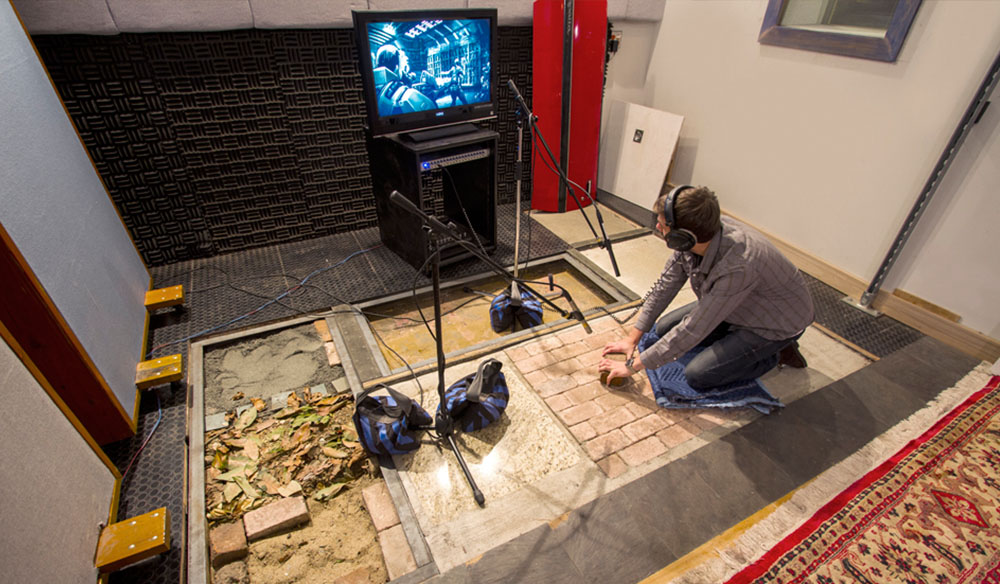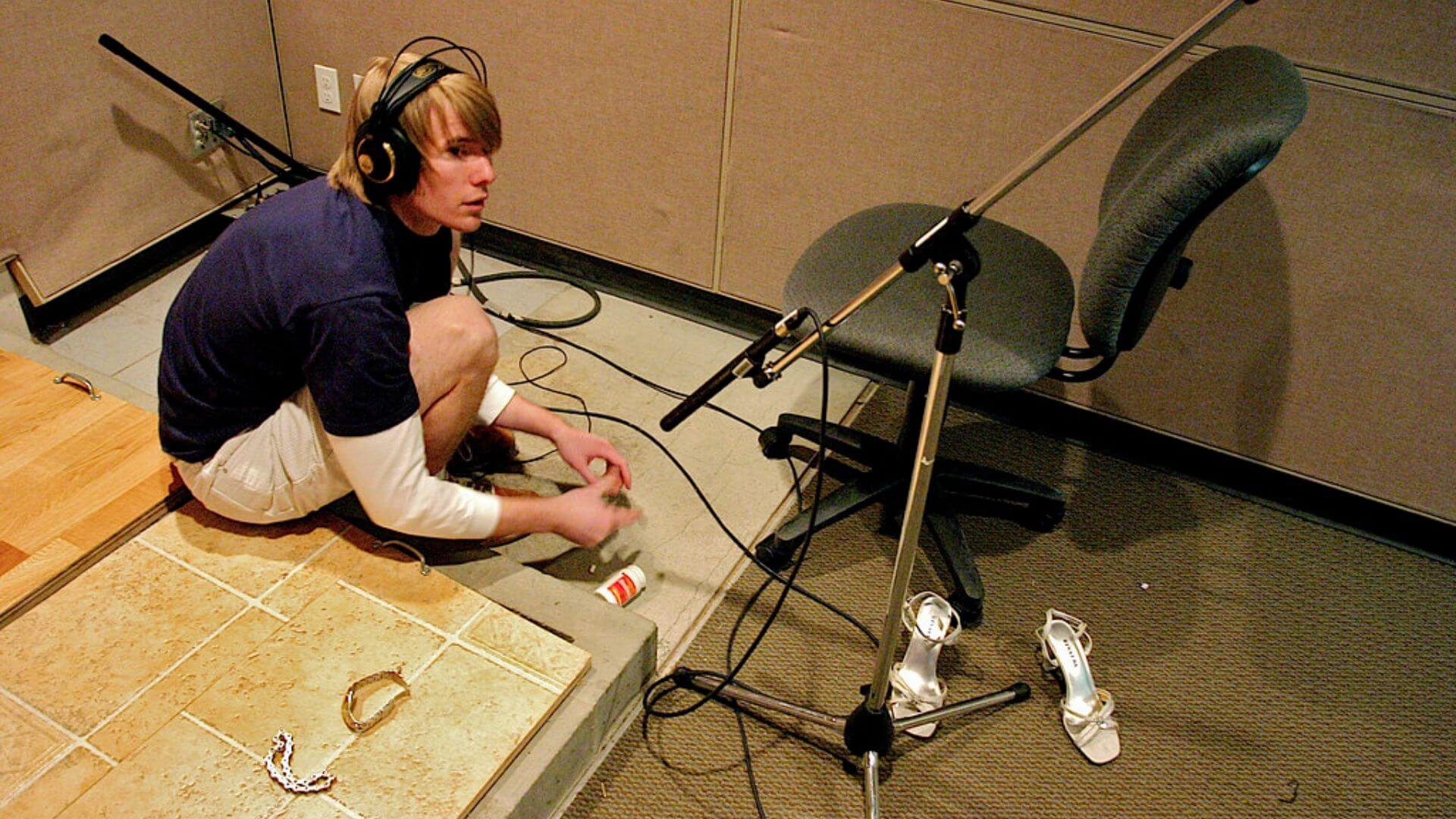SYNCHRONOUS SOUNDS IN FILM
Asynchronous sounds are sounds that have not been synchronized to the film actions, movements, or visual environments appearing on the film screen. These sounds are often used for aesthetic purposes to express a previous action or to elicit a sound advance.
For example, an asynchronous sound may come through on a film. As the advanced sound occurs when the editor chooses to show a child that is crying in a crib. But over or instead of the crying. The sound of a loud dog barking from the next scene comes into play.
In this example, a mix of synchronous sound (the baby crying) and asynchronous sound (the dog barking but not yet visible on the screen) is used.
SYNCHRONOUS SOUNDS IN FILM
Synchronous sounds include the sounds that have been synchronized to align with the image that is being viewed on the film screen. Unlike asynchronous sounds, synchronous sounds in film have been closely matched to a visible source of the on screen sound taking place.
For example, synchronous sounds are typically those that directly relate to what you’re seeing on the screen. As in the example given above, when the baby is crying in a crib.
Any sound of the baby crying is considered synchronous. Whereas the sound of the dog barking that was also happening, was asynchronous.





